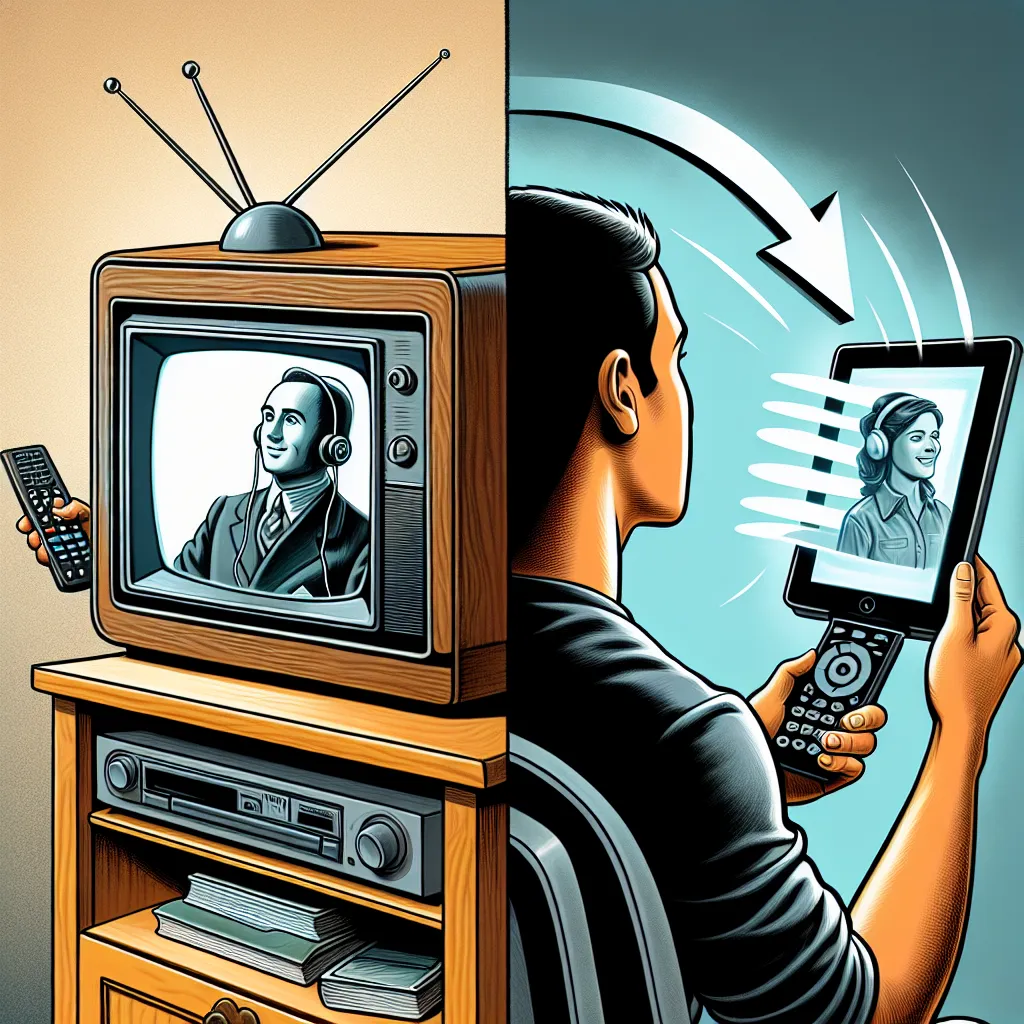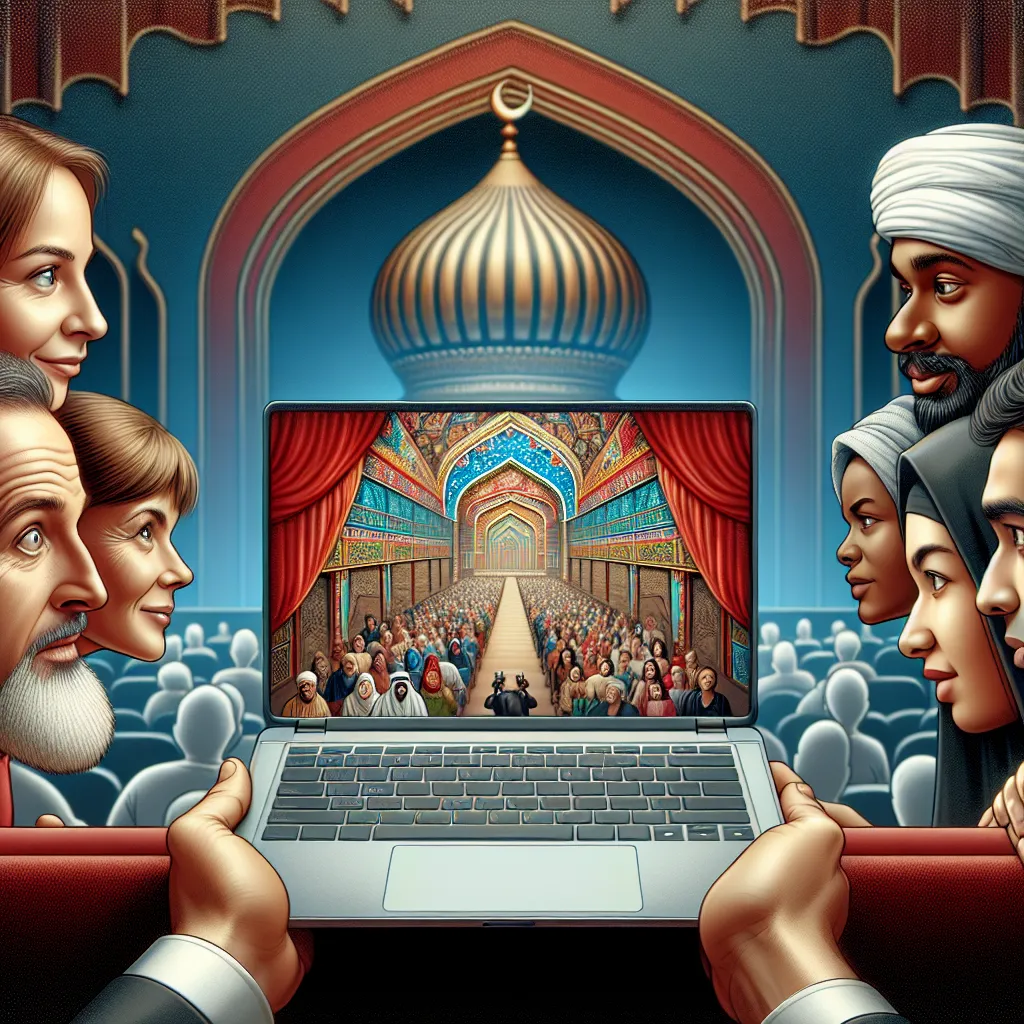The Decline of Traditional TV: How Online Shows Are Changing Viewer Habits
With the rise of online shows and streaming services, traditional television viewing habits are undergoing a significant shift. The convenience and flexibility offered by online platforms have led to a decline in traditional TV viewership. Viewers now have the freedom to watch their favorite shows at their convenience, without being tied to the fixed schedules of traditional television. This shift is largely driven by the increasing availability of high-speed internet and the proliferation of smart devices, allowing viewers to access online shows anytime, anywhere.
Furthermore, the original content produced by online streaming platforms has captured the attention of audiences, leading to a migration away from traditional TV. The ability to binge-watch entire seasons of a show in one sitting has become a popular trend, further impacting traditional TV viewing habits. Additionally, the personalized recommendations and tailored content offered by streaming services have contributed to a decline in linear TV viewing, as viewers seek more customized and relevant entertainment options.
As a result, advertisers are also redirecting their focus from traditional TV to online platforms, recognizing the shift in viewer habits. The targeted advertising and detailed viewership data provided by online streaming services have proven to be more appealing to advertisers, further accelerating the decline of traditional TV.
In conclusion, the rise of online shows and streaming services has fundamentally changed viewer habits, leading to a decline in traditional television viewership. The convenience, flexibility, and personalized content offered by online platforms have reshaped the way audiences consume entertainment, signaling a significant transformation in the media landscape.
The Rise of Streaming: Examining the Impact on Traditional Television Viewing
The rise of streaming services has had a significant impact on traditional television viewing habits. With the ease of access and wide variety of content available, online shows have changed the way people consume entertainment. This shift towards streaming platforms has led to a decline in traditional television viewership, as more and more viewers opt for the convenience of on-demand and ad-free content.
The convenience of streaming services allows viewers to watch their favorite shows at their own pace, without being tied to a specific broadcast schedule. This flexibility has led to a decrease in appointment viewing, where audiences would tune in at a specific time to watch a show. Instead, viewers can now binge-watch entire seasons of a series at once, leading to changes in viewing patterns and habits.
Furthermore, the availability of original content on streaming platforms has attracted a new audience that may have previously relied solely on traditional television. The success of shows produced by streaming services has forced traditional television networks to adapt their strategies to compete in this new landscape.
The impact of online shows on traditional television viewing habits is undeniable, as streaming continues to gain popularity and change the way audiences engage with content. As viewers continue to embrace the convenience and flexibility of streaming, the future of traditional television viewing is likely to undergo further transformation.
Shifting Paradigms: Online Shows’ Influence on Traditional TV Consumption
In recent years, the rise of online shows has significantly impacted traditional television viewing habits, leading to shifting paradigms in how audiences consume content. With the increasing availability of streaming platforms and on-demand services, viewers now have greater flexibility in choosing what, when, and where to watch their favorite shows. This shift has disrupted the traditional TV consumption model, as viewers are no longer bound by fixed broadcast schedules.
One key aspect of this paradigm shift is the ability of online shows to cater to niche audiences. Unlike traditional television, which often appeals to broad demographics, online shows can target specific interests and cater to diverse communities. This targeted approach has led to a fragmentation of viewership, with audiences gravitating towards content that aligns with their individual preferences.
Furthermore, the convenience of accessing online shows on various devices has contributed to the decline in traditional TV viewership. The accessibility and portability of streaming services have redefined the viewing experience, allowing audiences to engage with content on their terms. This shift towards on-the-go consumption has challenged the traditional notion of gathering around a television set for appointment viewing.
As online shows continue to exert influence on traditional TV consumption, content creators and networks are compelled to adapt to this evolving landscape. The competition for viewership has intensified, prompting traditional broadcasters to explore digital strategies and embrace the on-demand nature of online shows. Additionally, the advertising industry has witnessed a transformation, as marketers seek to engage with audiences who are increasingly drawn to online platforms.
In conclusion, the impact of online shows on traditional television viewing habits has led to shifting paradigms that encompass audience preferences, accessibility, and industry dynamics. As the digital realm continues to shape the way we consume content, the coexistence of online shows and traditional TV reflects a dynamic and evolving media landscape.





